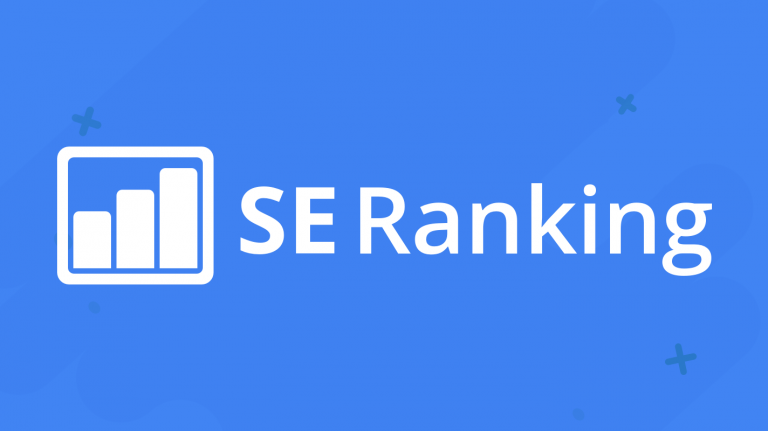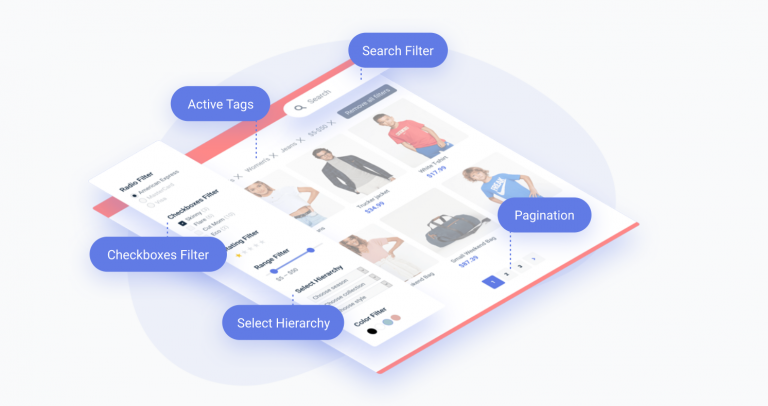Why Analyzing Mobile Data is Essential For Marketers in 2021
According to IBM, 90% of the world’s data has been created by mankind over the past five years. The Canadian bank CIBC expects the volume of accumulated mobile data to grow 50 times over the next decade. A similar forecast was made by IDC, predicting a 44-fold increase in the volume of accumulated world data from 2009 to 2020. What does all that mean for you, the marketer?
The trend will grow in line with the development of the IoT and the increase in the number of connected devices per capita. Today, every smart coffee maker, microwave, and refrigerator is constantly accumulating information about its owner, but your smartphone remains the undisputed leader in the field of big data.
The Birth Of Big Data
In 2015, Google celebrated the beginning of the era of total mobility when the number of Google queries from mobile devices exceeded the number of requests from desktop computers. Every year, the number of digital interactions made via the mobile Internet on a mobile application is growing steadily, making a smartphone the flagship of the global explosion of big data. The ability to collect and analyze this data quickly and efficiently has become a gateway to profit for virtually any business.
In 2020, the number of smartphone users has exceeded 3.5 billion globally, which translates to 44.56% of the world’s population having a smartphone among its possessions. The ownership of smart/feature phones combined is 4.78 billion globally (62% of the population), which means that two-thirds of the world lives on an integrated mobile network.
Boring Stats
If you want to sell something (anything) to smartphone users, here are a few must-knows to carve in stone in your company’s hallway so you and your colleagues may look at it every time you make your way to your desks:
- US adults spend an average of 2 hours and 55 minutes on their smartphones every day
- 69% of internet users prefer to look for product reviews on their phones rather than approach an in-store employee
- Two-thirds of internet users use shopping apps on their mobile devices for over 60% of their purchases
- 9 out of 10 Chinese shoppers say the possibility to shop via mobile is an essential factor in brand selection
- Mobile traffic accounts for 56% of global web traffic
- More than two-thirds of an average digital marketing campaign budget in 2019 was spent on mobile ads
- Still, the global retail conversion rate on mobile phones is 1.82% compared to 3.9% for desktops
The trend is as clear as can be: even though we’d rather turn from triers to buyers in the comfort of our home or office, smartphone’s role as an irreplaceable medium for information and ads is going to continue to grow. A modern smartphone gives business almost unlimited opportunities since it has a unique set of functions such as gyroscope, camera, compass, vibration, touchscreen, and geo-targeting. This is an excellent opportunity for marketers to interact with the consumer at an unprecedented level of sensations, emotions, fully utilizing the here-and-now effect.
Why Accumulate and Analyze Data
Today’s digital world accumulates over 5 exabytes of data every day. The principle of accumulating mobile data is similar to receiving data from the network as a whole, but with one key difference – when using mobile devices, the user generates a much more diverse list of personalized data documenting various contexts of movement and actions. Mobile data is not only composed of patterns of user behavior, but also includes data generated by applications and search engines even when the device is not actively used.
It was the mobile data analysis that allowed Uber to build a successful business based on geotargeting – timely information about the location and movement of consumers. And while Hillary Clinton deduced statistical patterns and invited media personalities to her headquarters, Trump’s marketers focused on analytics and systematization data on millions of angry and desperate American social media users. As a result, Trump’s 2016 victory does not look so unexpected.
“look at Netflix. The company’s marketers are continuously analyzing terabytes of data on viewer base: prefered genres, number of rewatched scenes, time logged, and dozens of other metrics. Or do you still think that Netflix’s success is due to the venerable American school of acting? Think again!”
In mobile marketing, as well as in the political field, big data allows businesses to abandon standard statistical models and calculate the probability of purchase for each consumer. At the same time, existing systems for working with big data can “learn” in real-time, deepening the analysis criteria and effectively adapting creative advertising solutions for the selected target micro-groups: young men, women with many children, seniors, retirees, etc.. Such individual approach takes into account the distance from points of sale of goods with subsequent conversion analysis. For example, when close to a point of sale, a smartphone user receives an active discount code, and a supermarket proximity sensor helps to quickly find the goods of interest and guide the shopper to the appropriate department.
For analyzing data and building predictive mathematical models, both proprietary and open source solutions are used (Apache Spark or Apache Hadoop). The Russian Internet holding mail.ru has created a dedicated division to work specifically with mobile analytics resulting in a 30% increase in client base. The division provides services for the formation of predictive analytical models, marketing research and consulting in the field of methodology for working with big data.
Mobile analytics is also becoming a progressive direction for the startup industry. Not so long ago, Indian startups presented a software solution for mobile analytics MangoData, which is a proprietary analytical software product that allows users to create rich profiles and segments for the most accurate targeting in mobile advertising. Just look at Netflix. The company’s marketers are continuously analyzing terabytes of data on viewer base: prefered genres, number of rewatched scenes, time logged, and dozens of other metrics. Or do you still think that Netflix’s success is due to the venerable American school of acting? Think again!
Top 7 Mobile Data Analytics Tools
We don’t condone DIY in mobile analytics for one simple reason: it’s highly complex, and without special training the numbers on your screen are going to look like a scrambled code no matter how hard UI designers try to make it easy on you. However, if you still prefer to go it alone, outside of Google Analytics and Apple Analytics here is your toolbox:
www.localytics.com – a cloud-based analytics and marketing platform for targeting
www.firebase.google.com – a mobile analytics platform (backed by Google) that is used for growing your user base on iOS and Android.
www.mixpanel.com – crunch a range of data points and understand better the overall user journey on multiple channels with the help of this platform
www.appdynamics.com – its Application Performance Management can perform application mapping, dynamic baselining and code-level diagnostics.
www.flurry.com – a free mobile analytics bundle for iOS, Android, and Windows to track new users, user activity, session length and a lot more.
www.uxcam.com – a mobile app testing and analytics tool designed for app developers.
www.adjust.com – an in-app mobile marketing solution used for analysing customers’ behavior in multiple settings.
Conclusion
If you’re not building an actionable sequence from big data analytics to mobile marketing yet, you need to start immediately. The utilization of broad information about a user, the accumulation and systematization of data from the consumer journey will allow marketers to implement individual marketing strategies that are targeted not at the entire target group, but each customer separately. We are certain that analytics in mobile ad tech is essential for any successful eCommerce operation and, as a whole, provides a deeper understanding of the entire global mobile ecosystem.







